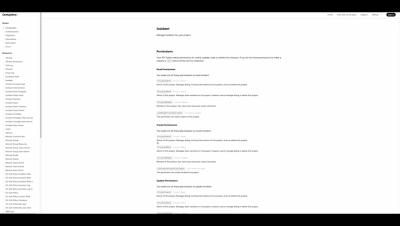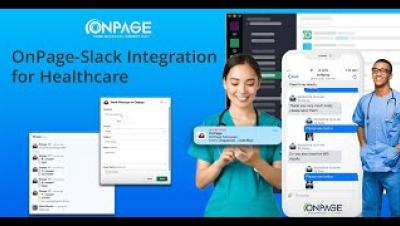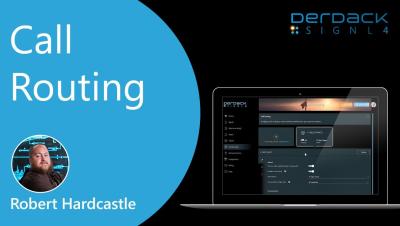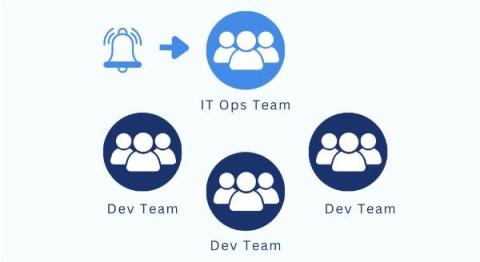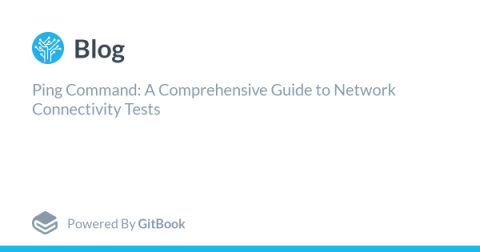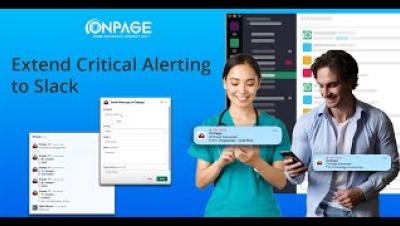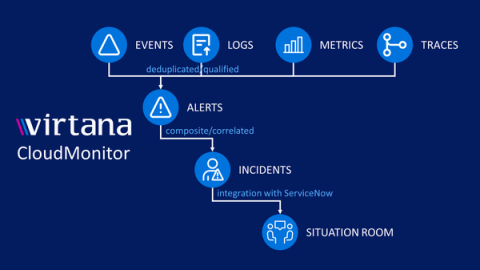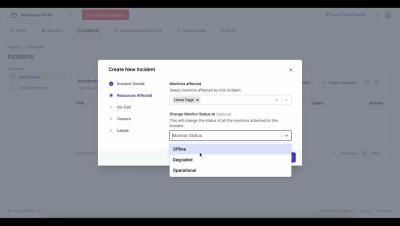Operations | Monitoring | ITSM | DevOps | Cloud
Alerting
How Zenduty Helps You Address Incidents - in 60 seconds.
How to: Setup Cloud Deploy alerts
SIGNL4 Onboarding: Call Routing
On-Call Management Models
In today's fast-paced digital landscape, incident management is crucial for maintaining operational excellence. During this process, on-call management models play a critical role in promptly addressing and resolving incidents. On-call management involves the organization of teams to ensure prompt response and resolution of incidents and is necessary to streamline incident resolution, ensure 24/7 availability, and allow for fair and transparent on-call rotations.
Ping Command: A Comprehensive Guide to Network Connectivity Tests
The ping network test, a core utility since the 80s, plays a crucial role in confirming connectivity between IP-networked devices. In this guide, we'll delve into what the ping command is, how to run a ping network test, common IP addresses to ping, interpreting results, and troubleshooting errors.
OnPage-Slack Integration walkthrough
Events vs. Alerts vs. Incidents
Event. Alert. Incident. These terms are bandied about, often interchangeably, in IT operations management. Broadly speaking, they all refer to situations where something is potentially amiss and needs to be investigated and resolved. Each of these three words does, however, have a distinct definition. Because they are used in scenarios where clear communication and timeliness are critical, it’s important to understand the differences and use them appropriately.


